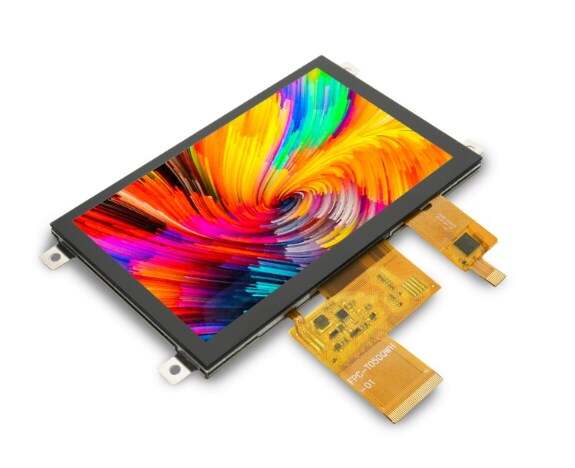Email format error
Email cannot be empty
Email already exists
6-20 characters(letters plus numbers only)
The password is inconsistent
Email format error
Email cannot be empty
Email does not exist
6-20 characters(letters plus numbers only)
The password is inconsistent


Introduction
Industrial TFT LCD monitor have revolutionized the way we interact with machines and equipment in various industries. These advanced devices offer a seamless and intuitive user experience, enhancing productivity and efficiency. In this blog post, we will delve into the technology and functionality of industrial touch screens, exploring their key features and benefits.

Resistive Touch Technology
One of the most common touch screen technologies used in industrial applications is resistive touch. This technology consists of two flexible layers with a small gap between them. When pressure is applied to the screen, the layers make contact, registering the touch. Resistive touch screens are known for their durability, accuracy, and compatibility with gloves or stylus pens.
Capacitive Touch Technology
Capacitive touch screens are widely used in consumer electronics, but they have also found their way into industrial applications. This technology relies on the electrical properties of the human body to detect touch. Capacitive touch screens offer excellent clarity, multi-touch support, and high responsiveness. However, they may not be suitable for use with gloves or in harsh environments.
Touch Screen Sizes and Resolutions
Industrial touch screens come in various sizes and resolutions to cater to different application requirements. From compact displays for handheld devices to large panels for control rooms, these screens offer flexibility in terms of size and resolution. High-resolution touch screens ensure crisp and clear visuals, enabling operators to view critical information with precision.
Touch Screen Interfaces
Industrial touch screens support different interfaces, including USB, RS232, and Ethernet. These interfaces allow seamless integration with existing systems and enable easy connectivity. Additionally, some touch screens offer multiple interface options, providing versatility and compatibility with various devices and protocols.
Multi-Touch and Gestures
Multi-touch functionality has become a standard feature in industrial touch screens. This capability allows users to perform gestures such as pinch-to-zoom, swipe, and rotate, enhancing the user experience and simplifying complex operations. Multi-touch support enables operators to interact with the screen using familiar gestures, reducing training time and improving efficiency.
Durability and Environmental Considerations
Industrial touch screens are designed to withstand harsh environments and demanding conditions. They are built with rugged materials and feature robust construction to resist dust, water, and extreme temperatures. Some touch screens are also equipped with anti-glare or anti-reflective coatings to ensure optimal visibility in bright or outdoor environments.
Customization and Integration
Industrial touch screens can be customized to meet specific application requirements. Manufacturers offer options such as protective overlays, sunlight readability enhancements, and specialized mounting solutions. Additionally, touch screens can be seamlessly integrated with other industrial components, such as PLCs, HMIs, and SCADA systems, creating a comprehensive control and monitoring solution.
Conclusion
Industrial TFT LCD monitor have become an integral part of modern industrial automation, offering intuitive and efficient user interfaces. With their advanced technology, durability, and customization options, these touch screens empower operators to interact with machines and equipment seamlessly. As technology continues to evolve, we can expect further advancements in industrial touch screens, enabling even more sophisticated and user-friendly interfaces in the future.